Below is the ranking of the ten most expensive catalysts in 2018. Each of them comes from our catalog. Remember that prices are constantly changing. You can find the current TOP10 list of the most expensive catalysts with current prices here.
These prices are certainly different at the moment. Such fluctuations are natural and result from changes in the current prices of precious metals on the market (Platinum, Palladium and Rhodium, which are included in the catalysts) and exchange rates (here the dollar is the most important, in which the price of an ounce is determined).
The objective value of catalysts depends on the content of valuable precious metals, which are recovered for recycling in the recycling process. Below are the most expensive catalysts and cars with which they are compatible.
BMW e36 compact – The entry of the e36 in 1990 was a breakthrough event for the BMW brand. It meant moving away from the classics towards a more modern climate, which was developed in later lines. The car could be purchased as a compact, coupe, cabriolet, estate car or as a sedan. This generation apparently did not have much competition at that time and enjoyed considerable popularity, especially among fans of drifting. Its characteristics include sporty styling, lack of multi-link rear axle suspension, small size, good driveability and low operating costs. Already with the help of a 6-cylinder 2.0 engine it is able to accelerate to hundreds in just 10 seconds.
Fiat Ducato – this popular delivery vehicle was produced in Italy in cooperation with the PSA group (which includes Peugeot and Citroen). It first appeared on the market in 1981. This is Fiat’s largest commercial vehicle with a large payload, economy and massive bumpers. More than 2.6 million copies have been made since the beginning of its history. Third generation Ducato cafes are often converted into ambulances and cars for transporting patients. The more stylish, fourth generation, was introduced in 2014 and retrofitted with Euro 6 engines after 2017.
Fiat Multipla – Auto produced for the first time in 1998, considered one of the ugliest in the history of motoring. Even many Internet memes have even been created about this fact. The sales results did not look best after the model entered the market. Fiat therefore decided to “facelift”, which also ended in failure, so its further production was quickly completed. What characterizes it most is the extraordinary design, low prices due to low demand, low failure rate, cheap spare parts, good visibility resulting in large glass equipment and economical driving. They are considered to be a family car because the interior has room for 6 people. Owners of Multipla, in addition to the ridiculous design, also accuse her of the insufficient luggage compartment and the low engine power.
BMW e39 – this model comes from Series 5. Its debut took place in 1995 in Frankfurt. The car was an improvement of the previous version. It was possible to order a satellite navigation system and a DSC system for it. What is known is the way of exploitation, elegance, a wide range of engines to choose from and a well-designed suspension that gives the driver a great sense of control over the car. Since 1985 it has also been under the sports variant M5. Recommended especially for long routes. The car was available in a sedan and estate version, which interestingly is more susceptible to corrosion. Mention should be made of permanent 6-cylinder engines.
Honda Accord 1.8 – this car has been produced since 1976 by the Japanese Honda Motor Company. Currently, since 2017, the tenth generation has been produced. According to fans, Accord is the epitome of a reliable car. Honda achieved the greatest success in the United States, where the model from the fifth generation was produced in a different version than in Europe. The company decided that competition in this segment is too expensive and the sales results were not satisfactory. In 2015, Honda Motor Company decided to stop production in Europe. The most frequently mentioned advantages of this model include low failure rate, good engine and chassis. The latest, tenth generation lures with futuristic design, large touch screen and comfortable armchairs. The closest you can buy it in Russia and interestingly in Ukraine.
Volvo 960 – produced in 1990 to 1998 by the Swedish company Volvo Car Corporation. Since 1997, the name of this model has been changed to S90 in the case of a sedan and V90 for a station wagon. Designed by Peter Horbury. Its power has changed over the years from 122 to 204 hp. Auto known primarily from large sizes, angular shapes and reliability. Perfectly adapted to difficult, winter road conditions. Spacious interior, massive doors and security are just one of many of its strengths.
The BMW 5 Series is a German upper-class car that has been on the market since 1972. Since 2017, the seventh generation of this series has been produced as the most streamlined limousine. Each subsequent generation gained more and more fans and enjoyed an increasing number of copies sold. The BMW group itself states that the 5 Series was created to set new standards and be associated with luxury. In 1991, the first version of the estate of this model was presented, and 18 years later the 5-door Gran Turismo fastback was introduced. Widely regarded as failure-free and highly modern. However, repairing defects is expensive. The downside highlighted by the owners are also frequent problems with suspension on Polish roads and a lot of burning. The latest models reach prices at the level of half a million zlotys.
Mazda MX 5 – the first mazda MX 5 left the showroom in 1989. The inspiration for its emergence became the interview of journalist Robert Hall with Kenichi Yamamoto, Mazda’s development director. Hall drew a sketch on the card showing the shape of the MX-5, which later became the most famous roadster in the world, restoring this sporting body to life. In the United States better known under the name Miata. In Asia as Eunos Roadster. The body gives it a sleek, streamlined shape and sporty character. Often chosen for amateur car races thanks to easy oversteer. Some of the models are equipped with a hatchet and ABS system. In 1989, she was called Car of the Year and the best sports car of the 90s. The latest generation, according to the fans of the classic version, no longer “that something”.
Citroen Xsara Picasso – A popular minivan produced by the PSA Group since the end of the last millennium. The debut took place during the automotive exhibition in Paris. The success of Xsara Picasso meant that even after the release of the new version in 2006, the car continued to be produced until 2012. It aroused considerable controversy with its monoblocked structure, which resembles an egg. However, it protected itself with its advantages such as spaciousness, a large luggage compartment and countless storage spaces. The most frequently highlighted defects include troublesome engines sensitive to fuel quality, widespread crackling of individual components and high maintenance costs. Despite the weaknesses, its popularity on the streets is still not diminishing.
BMW X5 – this popular sports and utility vehicle was created in 1999. Is the largest car of the German corporation. The idea for its production appeared 5 years earlier after the acquisition of Land Rover, whose technologies (such as downhill hill control and a two-piece tailgate) were used in projects on this car. The current fourth generation is produced from this year. The car enjoys good opinions. On the plus side you can appreciate the rich equipment, solid workmanship, good soundproofing and comfortably large space. It would not be possible without weak points, which can include a pneumatic suspension, the repair of which involves a large expense.

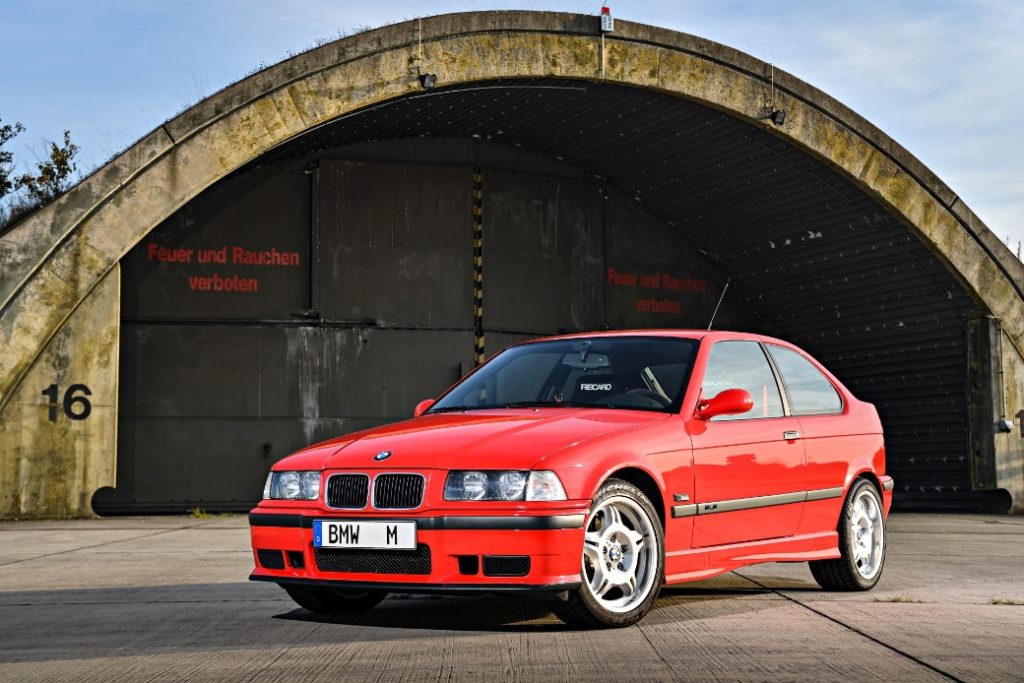

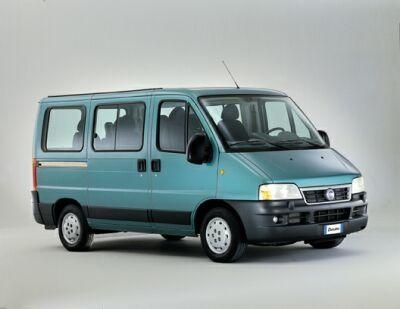
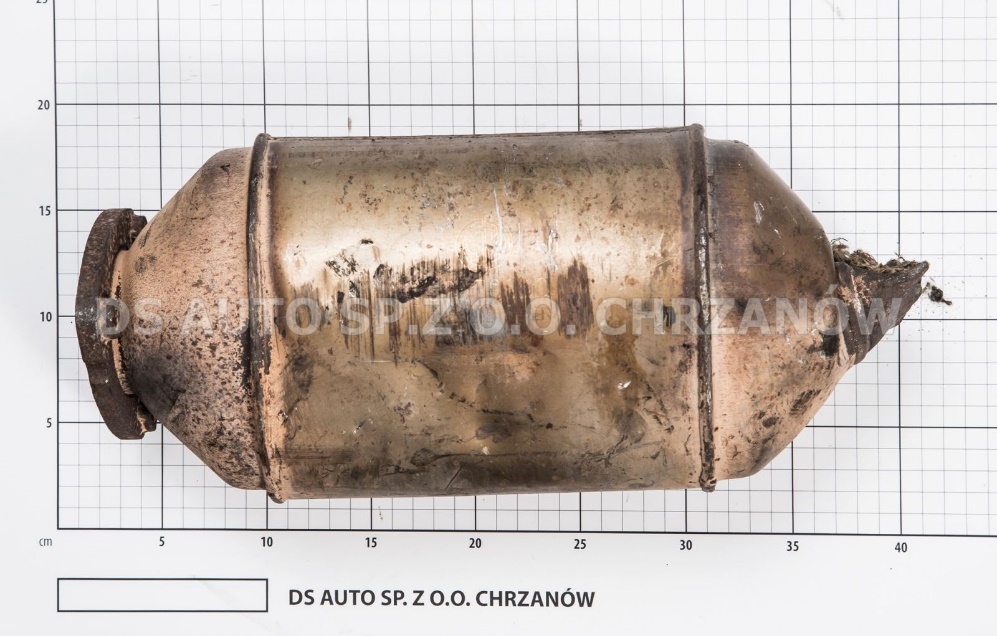
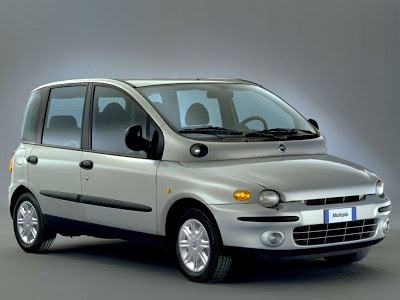
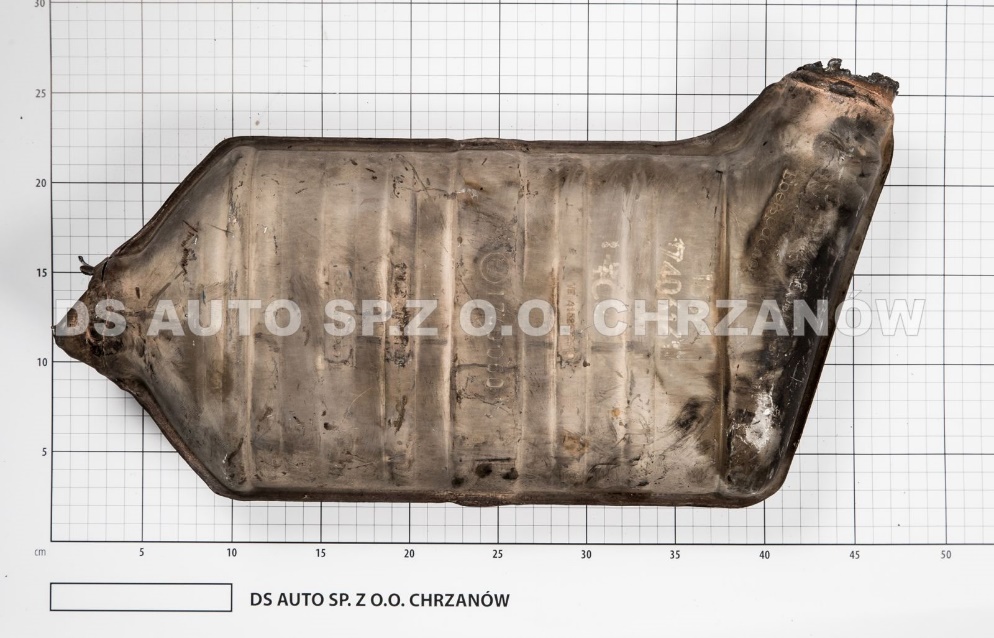
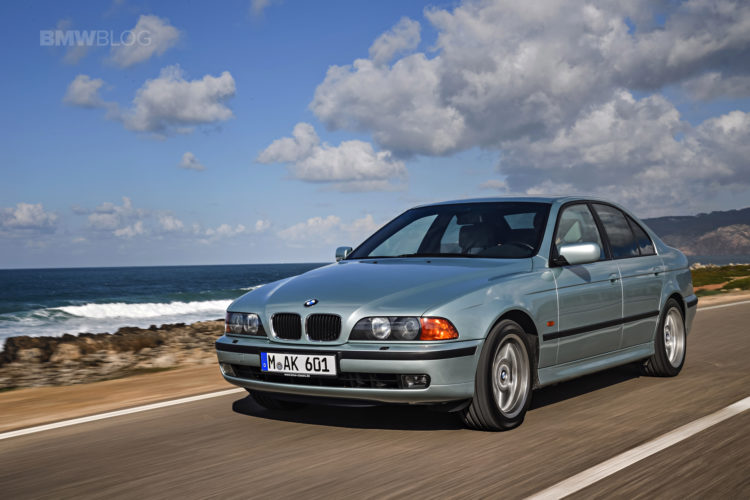

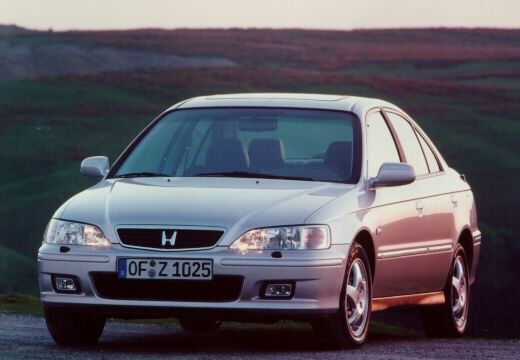
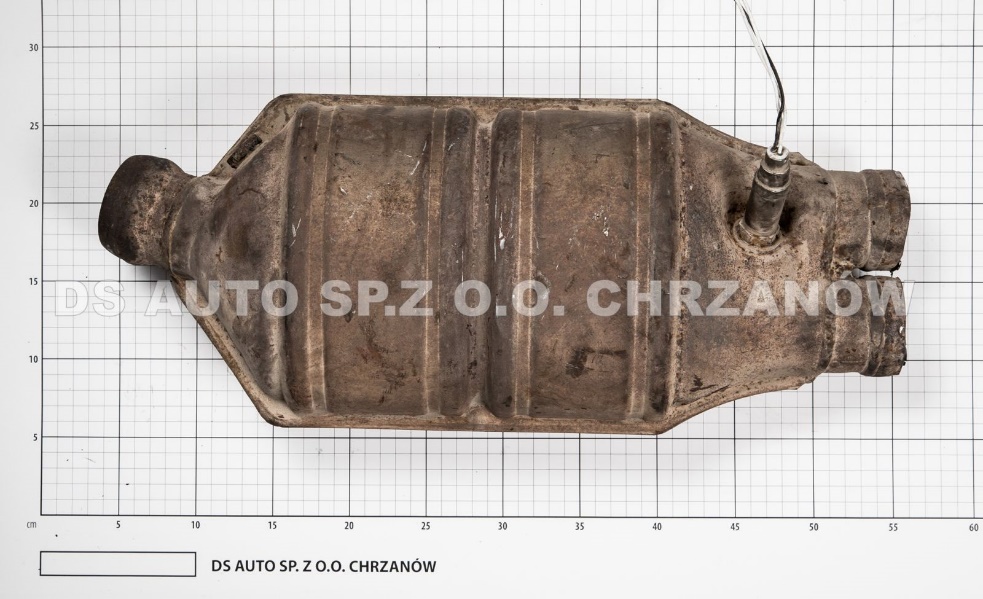

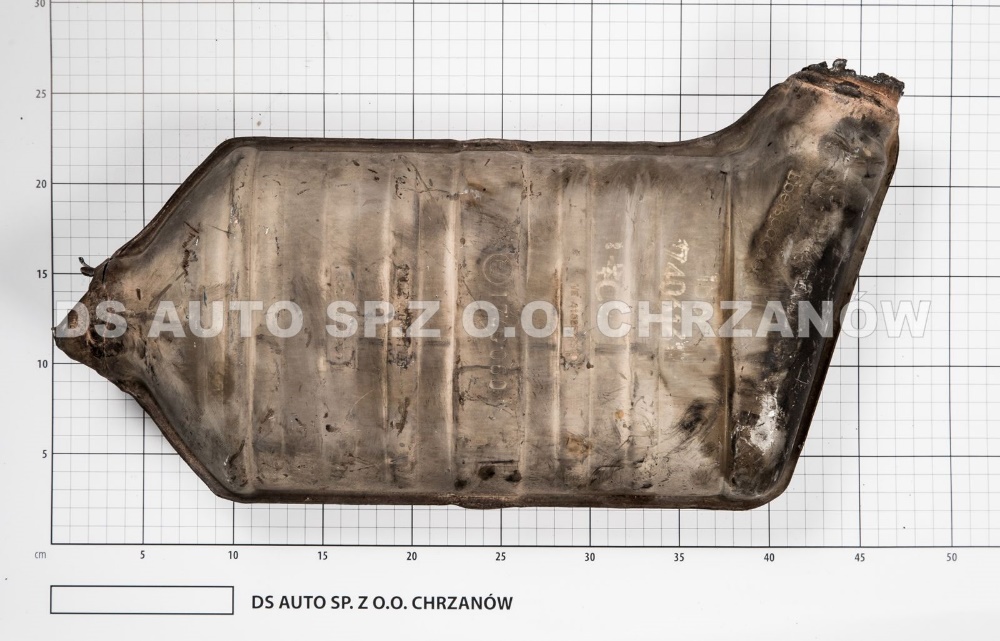
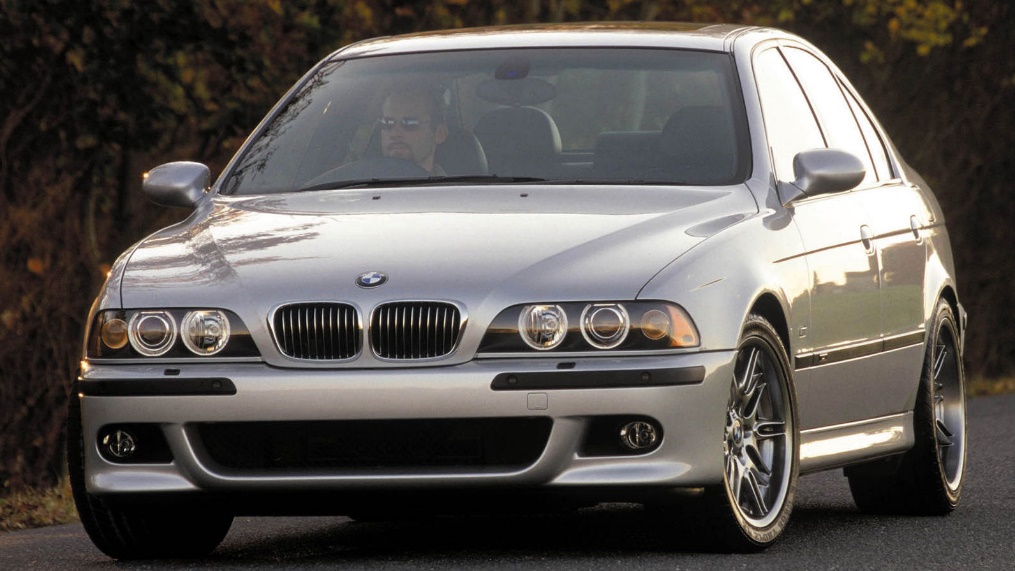
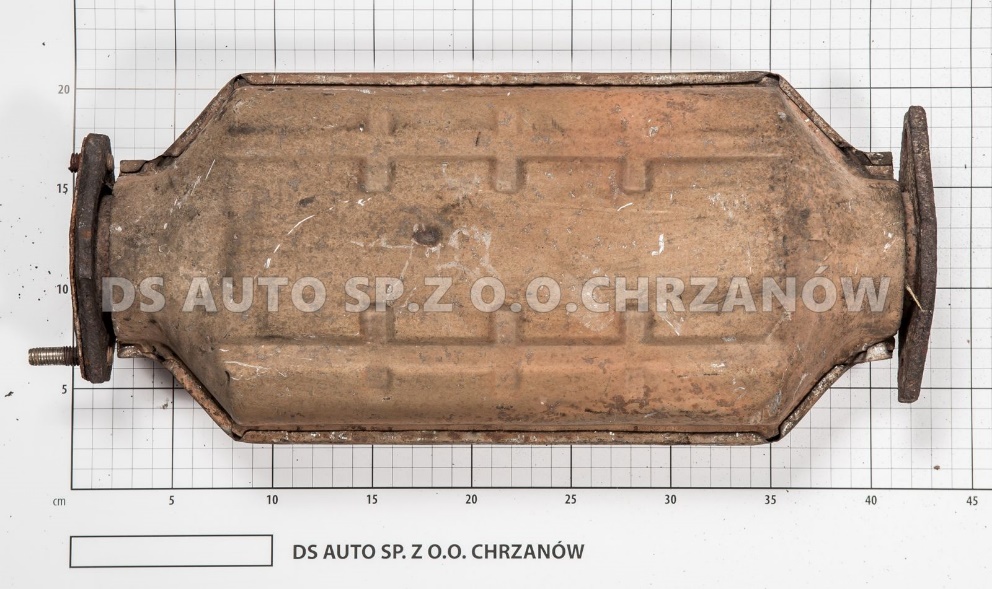
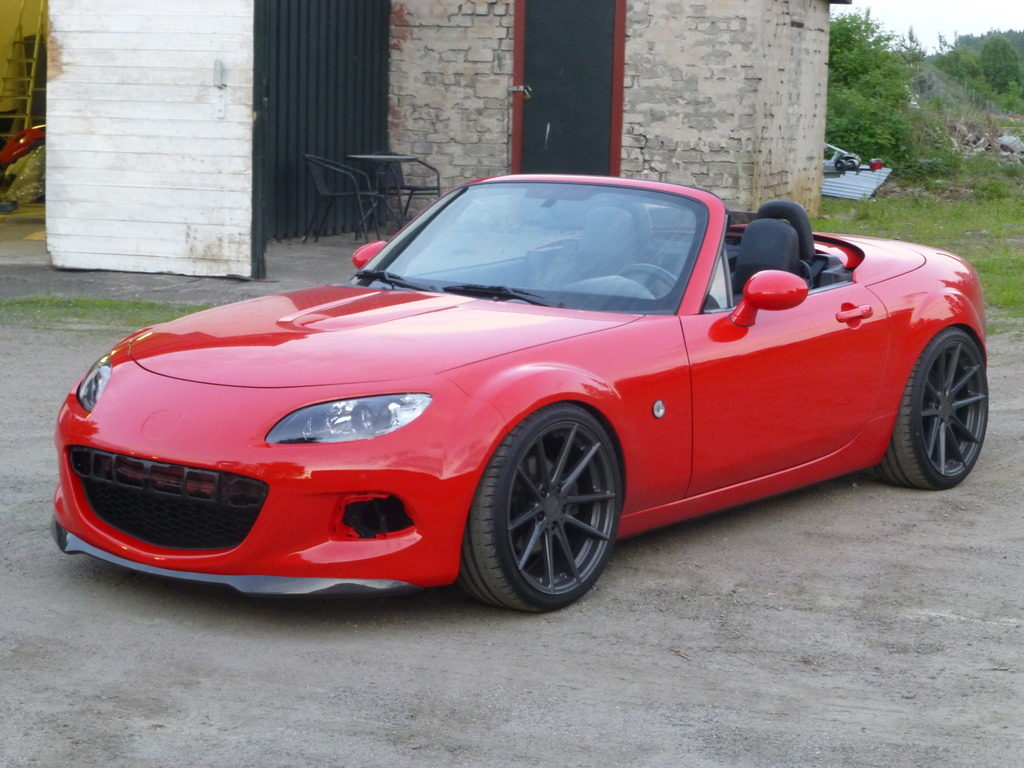
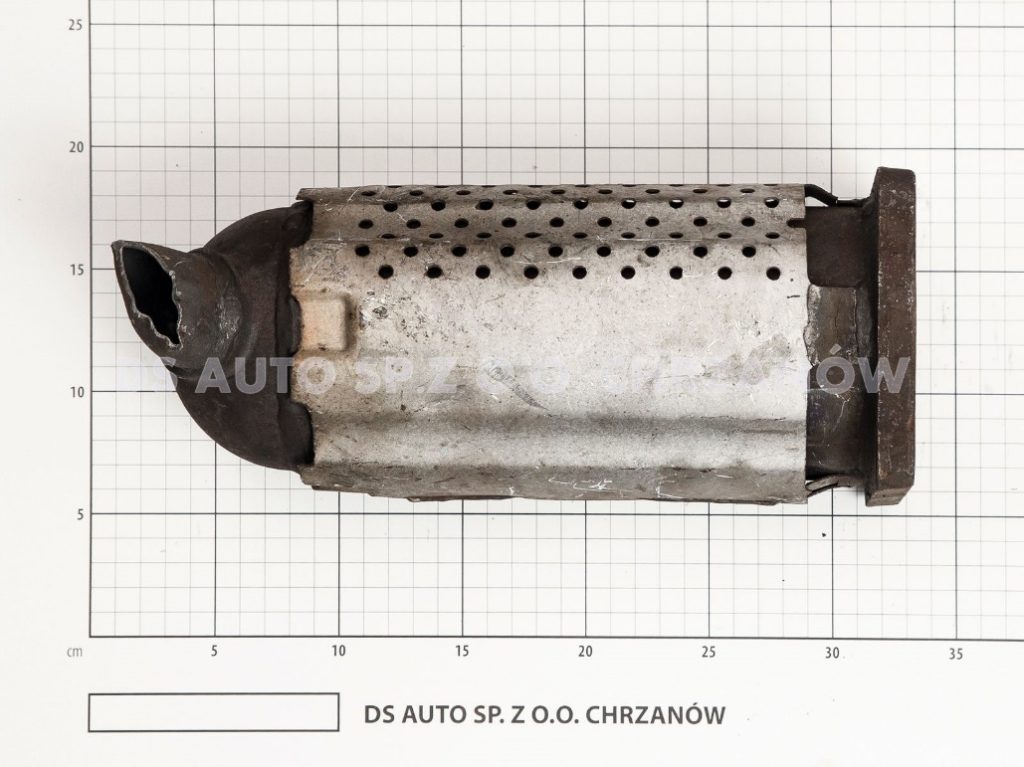
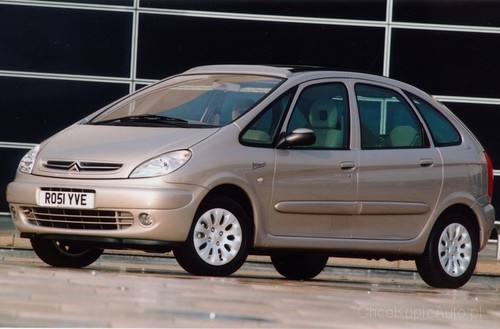
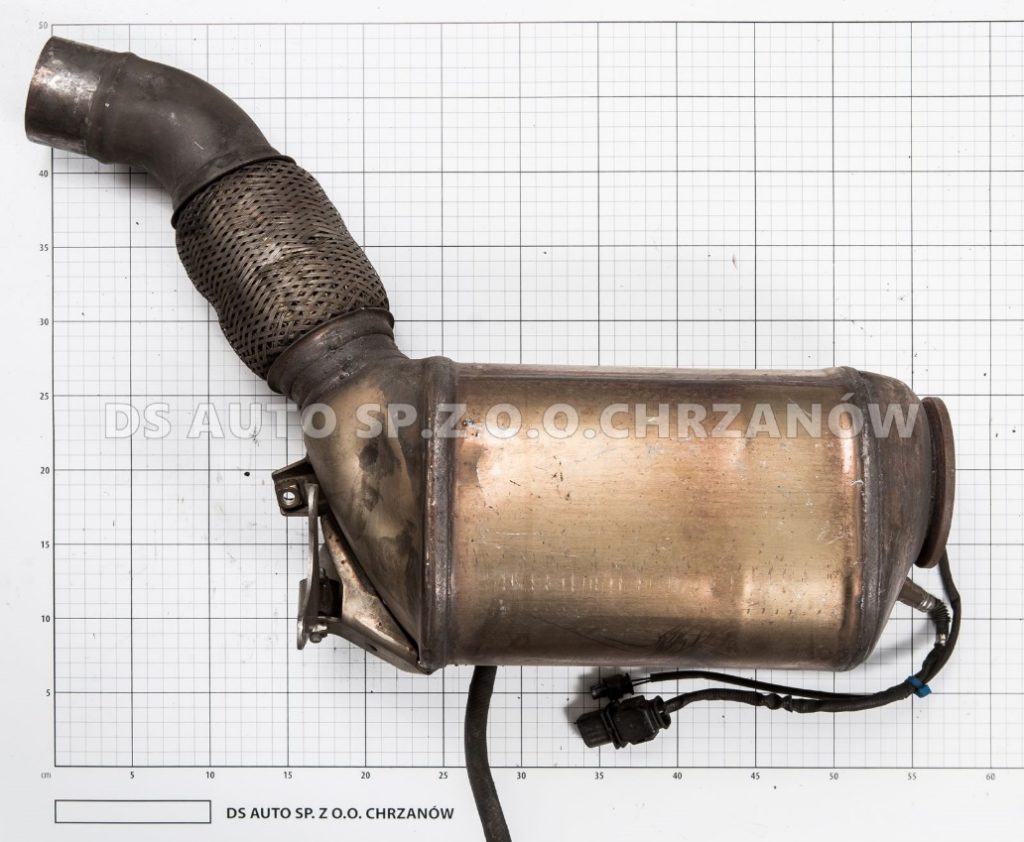
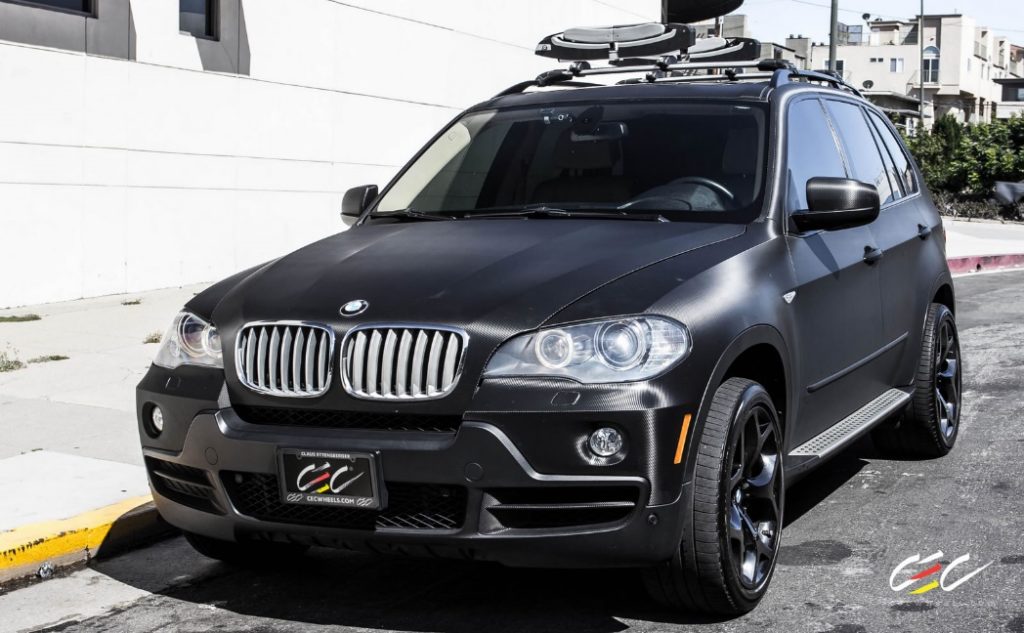

 Phone number:
Phone number:  E-mail:
E-mail:  A stationary point:
A stationary point:  Getting from the customer:
Getting from the customer:  XRF analysis spectrometer:
XRF analysis spectrometer:  Valuation by numbers:
Valuation by numbers: 